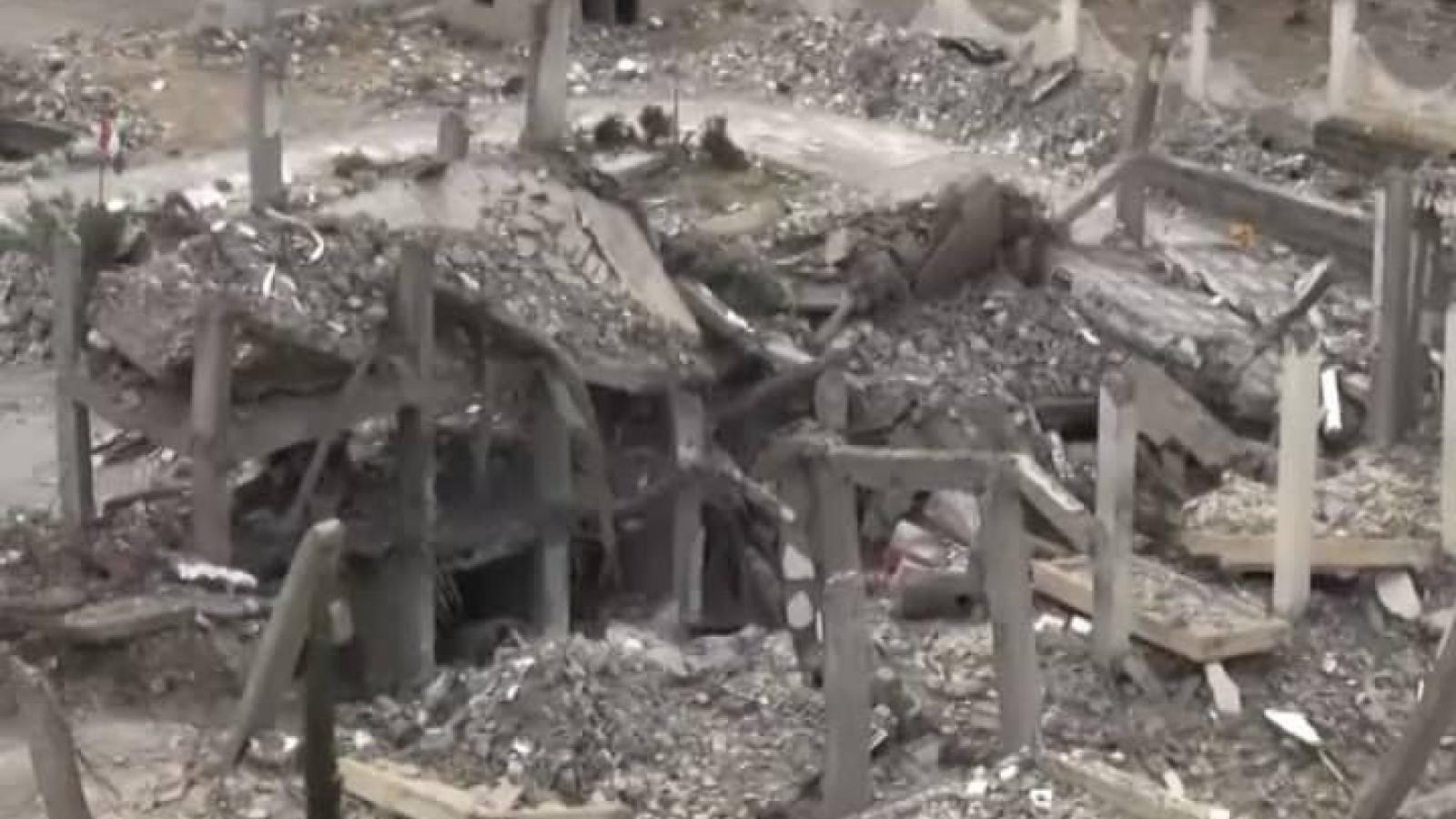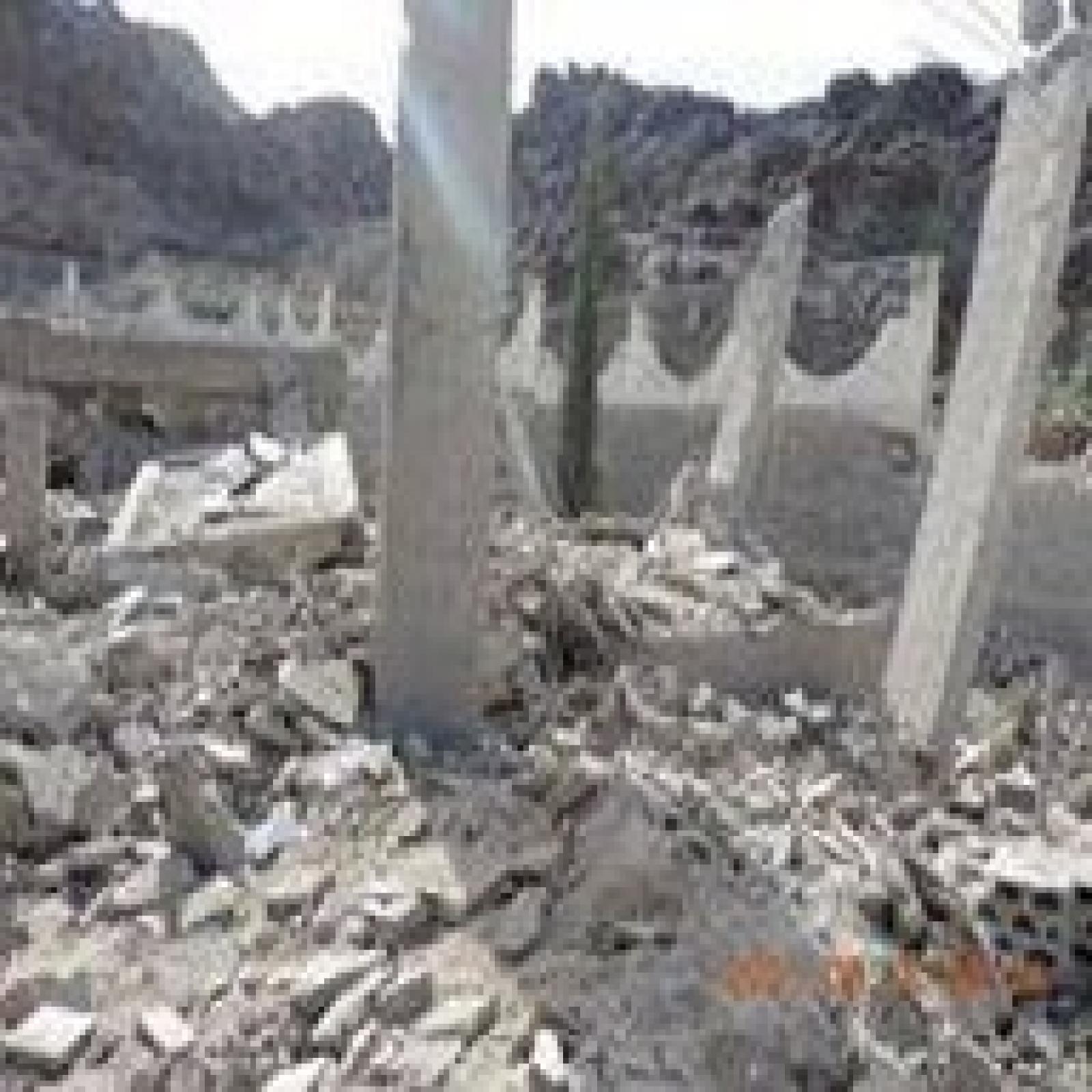Dhamar Regional Museum
The Dhamar Regional Archaeological Museum was built in the region of Harran north of the city of Dhamar in 2002. It is the main museum in the governorate, and includes 12,500 archaeological items as witness to the rich cultural heritage of Yemen. The two-storey museum contains five large halls where various archaeological items, manuscripts and items from the popular heritage are shown to the public, in addition to rooms dedicated to storing artefacts, workshops for the restoration, maintenance and preservation of antiquities and photographic laboratories for the production of educational models and audio-visual aids.
The museum also contains several galleries, including a gallery for ancient archaeological objects found in different areas of the governorate or through archaeological excavations; a gallery for Islamic Antiquities, including the important minbar of the Great Mosque of Dhamar and a third gallery for displaying examples of the popular heritage in the governorate. By the end of 2014, the Houthis had taken over the site of the museum as part of their expansion plan of storming and controlling various Yemeni cities following the coup.
Unsurprisingly, the Houthis worked to transform all civil institutions and museums into military sites and storehouses to store weapons as well as prisons to detain those opposed to their movement. For instance, the site of the Dhamar Museum, which is located on the Harran plateau north of Dhamar, was transformed into a weapons storehouse and a detention centre to imprison the citizens that the Houthis arrested from various cities. This led to targeting the now detention centre in May 2015 by coalition aircraft, causing huge losses and considerable damage to the museum building, which resulted in the robbing and looting of many archaeological objects and the death of so many civilians who were detained there by the Houthis prior to targeting it. The building was completely destroyed now because of the air strikes which resulted in severe explosions of weapons stacked by the Houthis in the building, which in turn caused a new level of damage to the building that reached a 100%, not to mention the scientific losses caused by the destruction of records and documents describing the archaeological items as well as the results of national scientific studies of excavations and surveys, or foreign expeditions and universities, particularly those which have not yet been published.

Images

